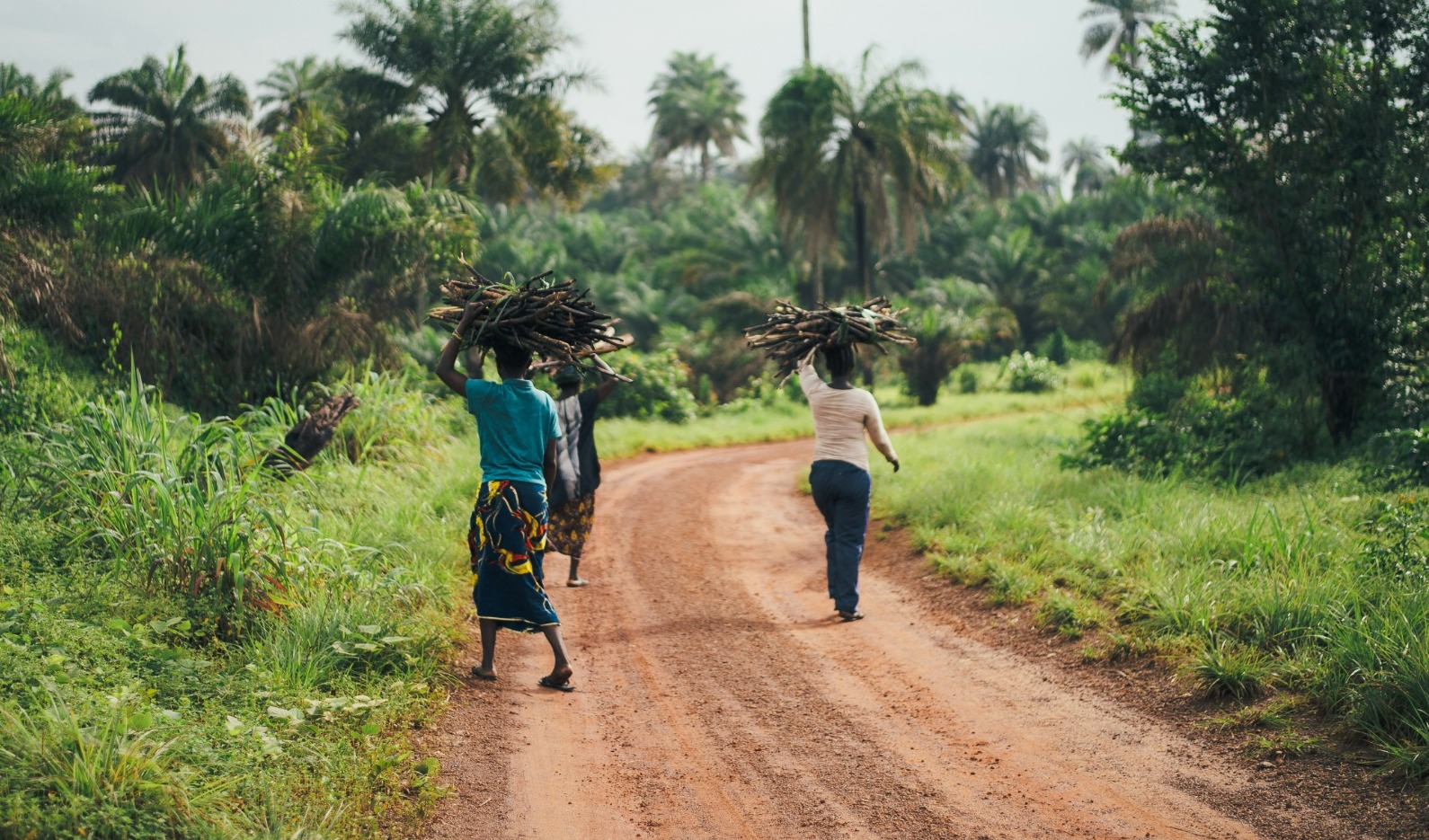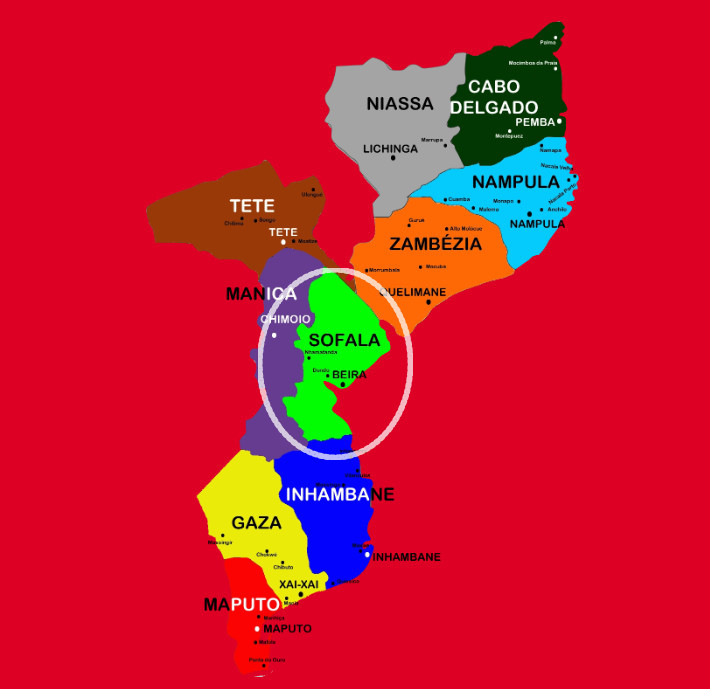
MozambiqueExpert - Investors Guide
Invest in Sofala Province

Overview Sofala
Sofala Province – Where Gateway Meets Opportunity
Mozambique's Sofala Province stands at a remarkable inflection point. Home to 2.6 million people and anchored by Beira, the nation's second-largest city and busiest port, this coastal province has emerged as one of Southern Africa's most strategically significant economic corridors. For investors seeking to capitalize on Africa's next frontier markets, Sofala presents a compelling proposition: a convergence of critical infrastructure, transformative investment flows, and untapped productive capacity that few regions on the continent can match.
This is not mere speculation. The numbers tell an unambiguous story. In the first half of 2025 alone, more than 88% of Mozambique's total investment in energy and industrial projects was directed to Sofala Province. The $3 billion Green Energy Mozambique Industrial Park, situated between Dondo and Muanza districts, represents one of the largest renewable energy and manufacturing investments in the Southern African Development Community (SADC) region. Meanwhile, the Port of Beira is undergoing a $290 million modernization that will nearly double its annual cargo throughput, reinforcing its role as the indispensable gateway for Zimbabwe, Zambia, and Malawi.
The Beira Corridor: Mozambique's Critical Artery
To understand Sofala's investment potential is to first understand the Beira Corridor. This integrated logistics system—comprising the Port of Beira, strategic railway connections, and road networks—serves as the primary trade route for three landlocked SADC nations. The Machipanda railway line connecting to Zimbabwe is being upgraded to handle 3 million tonnes annually, a critical capacity expansion that will cement Beira's competitive advantage over more distant ports in South Africa and Tanzania.
For landlocked nations, proximity and efficiency translate directly to competitiveness. Every day of transit time saved represents reduced inventory costs, faster market access, and improved trade margins. The Beira Corridor delivers this advantage, making Sofala not merely a Mozambican investment destination but a regional economic lynchpin whose performance affects the GDP growth trajectories of multiple countries.
Beyond the Port of Beira: Diversification and Resilience
While logistics remains Sofala's economic cornerstone, the province's investment narrative extends far beyond port operations. Three distinct sectors are driving a fundamental economic diversification:
Agro-Industrial Value Addition: Agriculture sustains over 75% of Sofala's rural population, but the sector is rapidly evolving from subsistence farming toward commercial processing and high-value aquaculture. Fish farming exploded from just 13 farmers in 2022 to 2,041 in 2023, with production volumes reaching 220.8 tonnes—a 67.6% year-on-year increase. New processing facilities are coming, including a $14 million canned fruit processing unit in Nhamatanda district and a 7,500-ton annual capacity rice processing plant inaugurated in Mafambisse in April 2024.
Green Energy and Industrial Manufacturing: The concentration of energy investment in Sofala reflects both national policy priorities and the province's inherent advantages—coastal access, existing infrastructure, and proximity to regional markets. The Green Energy Industrial Park is designed to leverage renewable energy sources to power sustainable manufacturing, positioning Sofala as a low-carbon industrial hub at precisely the moment when global supply chains are being reoriented toward ESG compliance.
Reconstruction and Infrastructure Development: The devastating impacts of Cyclone Idai (2019) and Cyclone Eloise (2021) paradoxically created an opportunity for comprehensive infrastructure rebuilding. The $3.2 billion reconstruction effort, which reached 90% completion by November 2025, has modernized roads, power systems, and public facilities. The World Bank's $43 million investment in new power lines exemplifies how disaster recovery has catalyzed infrastructure resilience that will serve the province for decades.
The Duality Challenge: Bridging Two Economies
Sofala's investment landscape is defined by a pronounced economic duality. Beira and Dondo concentrate high-value commercial activity, formal employment, and capital-intensive infrastructure. Here, the service sector, commerce, and port logistics dominate, generating the bulk of official provincial wealth. Yet beyond these urban centers, the majority of Sofala's population remains engaged in low-productivity subsistence agriculture, vulnerable to climate shocks and lacking access to markets, technology, and finance.
This duality is not a weakness—it is the central investment opportunity. The gap between Sofala's productive commercial hubs and its underutilized rural hinterlands represents enormous potential for investors who can bridge this divide. Investments in agricultural value chains, rural electrification, feeder road infrastructure, and digital financial services can unlock productivity gains that benefit both rural communities and urban processors, creating virtuous cycles of economic inclusion and growth.
Climate Adaptation: From Vulnerability to Competitive Advantage
Sofala's recent history has been marked by climate vulnerability. The Sofala Bank's marine fisheries have become increasingly unreliable, while cyclones have repeatedly tested the province's infrastructure resilience. Yet Sofala's response to these challenges demonstrates the adaptive capacity that should reassure long-term investors.
The explosive growth of aquaculture represents a strategic pivot from vulnerable marine fishing to controlled, climate-resilient production systems. The 100-ton honey processing facility established in the buffer zone of Gorongosa National Park demonstrates how conservation, rural livelihoods, and commercial processing can be integrated. The post-cyclone reconstruction has not merely restored what was lost but has built back better, with enhanced resilience standards that reduce future risk.
For investors, climate adaptation is not a constraint but a source of differentiation. Projects that incorporate resilience design, renewable energy, and climate-smart agriculture align with the trajectory Sofala is already following and position themselves to access the growing pool of climate finance and impact investment capital.